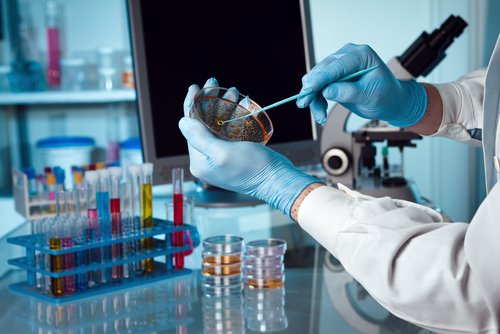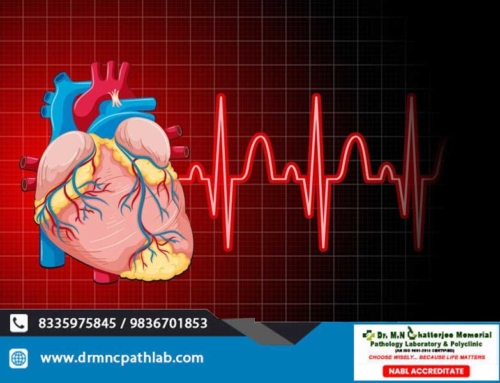In the entire health care world, the clinical laboratory plays a vital role. The clinical decisions taken by physicians, nurses and other health care providers are heavily impacted by the testing done in a clinical laboratory, which is also known as pathology lab or diagnostic centre, as it provides important information needed for the prevention, diagnosis, treatment and disease management. For the care of the patients, almost every practising physician depends upon the clinical laboratory. People often perceive well run clinical laboratories as commodities because they provide seamless service and help in keeping problems under control. The clinical laboratories have evolved a lot.
Functions of a clinical laboratory
There are a lot more things that good clinical laboratories do than just run a specimen through an analyzer to get a result. The tests that are to be offered for supporting the medical staff, how they should be built electronically so that proper test is ordered and how they are reported so that results are interpreted correctly. It is made certain by laboratories that in clinical order sets, appropriate tests are included and unnecessary tests are deleted. To make sure that diagnosis and therapeutic tests are not delayed, hospital laboratories perform testing as quickly as possible. In order to ensure accurate and reliable results for different tests including blood tests, the laboratory quality is strictly monitored.
For clinical use, more than 4000 different laboratory tests are available today. On a daily basis, approximately 500 among them are ordered. The number of test results delivered by clinical laboratories is rapidly increasing. With the implementation of geometric testing and personalized medicine, this trend is expected to continue. At an annual rate of 12%, esoteric lab tests are projected to increase. The specialists who consult with physicians 24/7 to recommend the correct tests for their differential diagnosis are called clinical pathologists. They also interpret the clinical significance of esoteric tests and answer the questions of the physicians when there is a difference between their clinical impression and a test result.
There is a movement of hospital and physician practice to fully integrated services. With these new practice models, inpatient, outpatient and outreach test results need to be fully integrated. In decreasing unnecessary testing and its associated downstream medical costs, an integrated health system laboratory will play an increasingly important role. In influencing physician ordering behaviour, local clinical pathologists who work closely with the medical staff will have the most success.
For most of the information about their patients, physicians depend on the diagnostic centres at the end of the day. The essential components of a successful, fully integrated clinical practice are optimal turnaround times for laboratory tests and accessible clinical pathologist consultations.






